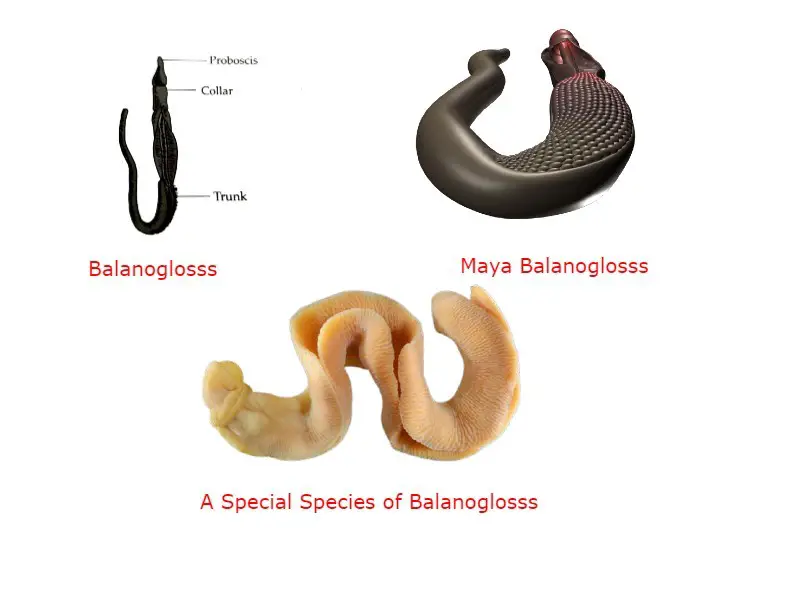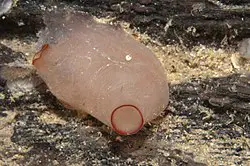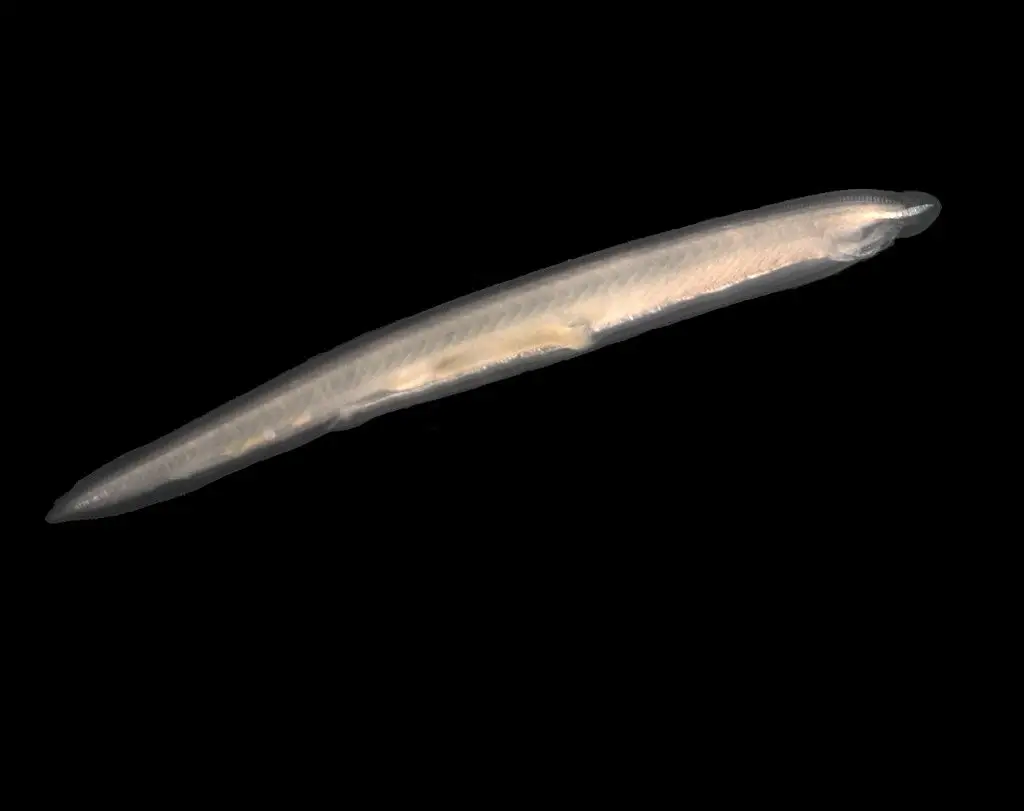The members of Protochordata are divided into three subphyla based on their notochord, Subphylum Cephalochordata, Subphylum Urochordata, and Subphylum Hemichordata.
Table of Contents
Habits and Habitats:
Members of Hemichordata generally live inside the burrow made in sand or mud in the solitary or colonial states. Members of subphylum Urochordata may be a sedentary or free-swimming line in the colonial state as well as the solitary state. Members of Subphylum Cephalochordata live in burrow solitarily and are able to swim.
Distribution:
Members of Subphylum Cephalochordata, Urochordata, and Hemichordata all of them live in almost all parts of the world. They live in marine water in all oceans but some species are confined to certain regions only, generally, Cephalochordata prefers warmer regions. Members of Cephalochordata, Urochordata, and Hemichordata are found in the deep ocean as well as shallow coastal areas but the burrowing species are present in abundance in the shallow coastal sandy region.

Body Shape:
Members of Hemichordata are worm-like cylindrical bodies with as seen in Balanoglossus, they show worm-like slender body shape. Members of Subphylum Cephalochordata are lance-shaped, the anterior and posterior regions are slender and give the body a lance shape as seen in Branchiostoma. Members of Subphylum Urochordata have an irregular, wrinkled bag-like external appearance due to the outer test covering as we can see in Herdmania.
Outer Covering:
In Subphylum Urochordata, the body of the animal is covered by a bag-like thick covering known as test or tunic made of Tunicine, a polymer like cellulose. The tunic covering makes them a bag-like structure from the outside, but in Subphylum Cephalochordata and Hemichordata there is no such covering, they are only covered by epidermis.
Division of Body:
In Subphylum Hemichordata the body is divided into three parts, the anterior head part with proboscis middle neck part and the posterior trunk part. In Subphylum Urochordata body is divided into upper body proper and foot part, the foot part gives anchorage to the body proper. In Cephalochordata, the body is divided into two parts, the anterior trunk, and the slender posterior tail part but no head.
Appendages:
In Subphylum Hemichordata there are no paired or unpaired appendages same in Subphylum Urochordata. But in Cephalochordata the caudal fin, dorsal fin, and ventral fin represent the unpaired appendages, no paired appendages are present.
Post anal Tail:
In Subphylum Hemichordata the slender posterior part represents the tail but it is not a post-anal tail. In Subphylum Urochordata the tail is completely absent but in Cephalochordata, the muscular slender tail is present beyond the anus, so the post-anal tail is present only in Subphylum Cephalochordata.
Coelom:
The coelom in Subphylum Hemichordata is not well developed and highly reduced due to the extensive development of a thick muscular layer in the body wall. The coelom is enterocoelous type with coelom divided into several parts in different parts of the body. In Subphylum Urochordata coelom absent, the body cavity present in them actually the atrial cavity. In Subphylum Cephalochordata the coelom is enterocoelous type and the coelom is highly reduced in the pharyngeal region.

Atrial Cavity:
In Subphylum Hemichordata the body cavity represents coelom, there is no atrial cavity. In Subphylum Urochordata the atrial cavity represents the body cavity but in Subphylum Cephalochordata the large-sized atrial cavity encloses the pharynx.
Notochord:
In Subphylum Hemichordata the tubular stiff endoskeletal structure present on the anterior side of the buccal cavity is actually buccal diverticulum, notochord absent. In Subphylum Urochordata in the larval stage, the notochord is only limited to the tail region but in the adult stage the notochord absents due to retrogressive metamorphosis. In Subphylum Cephalochordata the notochord is present in the larval stage as well as in the adult stage and it extends up to the rostrum beyond the brain.
Muscle:
In Subphylum Cephalochordata the muscle fibers present on the lateral side of the body in segmented form, each segment are known as myotomes but in Urochordata and Hemichordata muscle fibers are unsegmented.
Digestive System:
In Hemichordata the mouth opening presents in the neck region concealed in the collar region, the digestive tract is complete, the pharynx has two rows of gill slits on the dorsal side. In Subphylum Urochordata pharynx have two to several pairs of gill slits, in Cephalochordata, the mouth is surrounded by an oral hood and the large pharynx has numerous gill slits.
Nervous System:
In Subphylum Hemichordata the nervous system is intra-epidermal, the nerve fibers present in the body wall. In Urochordata nervous system primitive type, in Subphylum Cephalochordata the nervous system has some special features like cerebral nerve, spinal nerve with dorsal and ventral separate roots.

Excretory System:
In Subphylum Hemichordata the proboscis gland present at anterior region take part in excretion, in Subphylum Urochordata excretion occur through neural glands, in Subphylum Cephalochordata excretion occur through protonephridia.
Development:
In Subphylum Hemichordata development is direct or indirect which undergoes metamorphosis, in Subphylum Urochordata development includes retrogressive metamorphosis, in Subphylum Cephalochordata development is indirect with free-swimming larval stage.
Detailed Study On
Cephalochordata Characteristics Features Affinities Classification Systematic Position
Subphylum Urochordata: Characteristics Classification Examples
Reference
Cephalochordata Characteristics Features Classification Examples and Diagram
Urochordata Classification Morphology Characteristic Features
Hi Everyone!!! Welcome to Imaluop. Imaluop always try to learn some new and he want to share to other people. Here we will try to learn various topics on Science, specially on Biological Sciences.